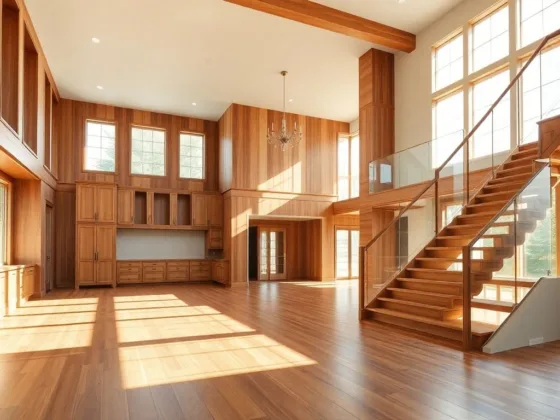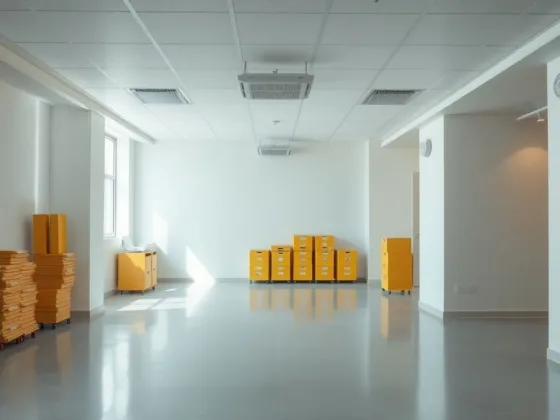Table of Contents Show
The standard glass and contemporary acrylic both are remarkable design options for windows, doors, artworks, and other interior and exterior applications. Both the elements are highly translucent and provide a crystal-like clarity resulting in the augmentation of aesthetic appeal and beauty.
Glass is a conventional option for renovating interior spaces and has its fair share of pros and cons. While acrylic, also known as plexiglass, is a trendier alternative that has gained popularity by addressing the common weaknesses of traditional glass.

Read Also:
- Wondering Why You Should Renovate Your Home? Count on These Five Best Reasons
- Manage Your HDB Interior Design: Smart Ideas to Help in Your Home Renovation
- 10 Things to Know Before Hiring a Cleaning Service for Your Home Renovation
- Eco Friendly Materials for Homes That You Can Use During Renovation
- 10 Common Home Renovation Mistakes You’re Best off Avoiding
- High Usability of Acrylic House Signs
Difference Between Glass and Acrylic
Glass and acrylic have a similar aesthetic appearance and both efficiently satisfy the need for translucency. However, their material properties and characteristics greatly differ from one another. Glass is composed primarily of silica and is brittle, transparent, and scratch-resistant.
Acrylic is a transparent thermoplastic with greater shatter resistance and lighter weight. Both the materials have incredible light transmittance properties and can be customized to improve its reflective nature, clarity, and other characteristic properties.
However, plexiglass takes the lead over the ordinary glass in terms of overall customizability and durability. It’s lighter weight and enhanced resistance to the elements make it a viable alternative to traditional glass.
On the other hand, glass requires simple maintenance and offers better scratch resistance. It is also a more sustainable and cheaper alternative and can be easily recycled multiple times.
This reduction in the cost does come at the expense of lesser durability that has always been one of the major concerns of design enthusiasts and homeowners.
Types of Acrylic Sheets
There are 4 basic types of acrylic sheets based on their characteristics such as glare and UV filtration. All types of acrylic sheets do offer incredible shatter resistance and are significantly lighter in weight.
The customizations in acrylic sheets are made to improve the UV protection which ranges from 56% in standard acrylic to 98% in UV filter acrylic. Similarly, non-glare acrylics are also designed that eliminates glare from glass which distorts clarity.
Application Comparison of Glass and Acrylic
The applications of plexiglass and standard glass often overlap and both alternatives are viable for a wide range of design applications.
It is essential to keep in mind some important aspects while selecting between glass and acrylic. These include aspects such as usage, size, preservation, exposure, and customizability.
Following is a comparison between the two materials based on their popular overlapping applications.
Aquariums

Enhanced clarity and better protection against image distortion make plexiglass are a better material choice for aquariums. The modernistic glass alternative also provides higher impact resistance which makes this a more durable and provides long-term solution.
The relatively lightweight of acrylic sheets also plays a significant role to make it the best choice for aquariums because its movement and relocation are easier.
Acrylic has great benefits over the standard glass in terms of characteristics such as clarity, strength, durability, and accessibility. These benefits are truly worth the extra initial cost and also make acrylic a more cost-friendly choice in the long run.
Picture Frames

Choosing between glass and acrylic becomes relatively more complex when selecting a suitable material frame for photographs and artworks. Glass has always been a popular choice of artists and photographers.
It is also a cheap and effective way to preserve the beauty and elegance of precious works of art and protect it from the elements of the outdoors. However, preservation and protection do come at the cost of reduced clarity and distortion.
No artist wants to compromise on the visibility of his artwork and distortion is a common concern in framing pictures with the standard glass. The lightweight acrylic sheets have provided an ideal solution for such concerns as these sheets offer better clarity, no glare, and minimal distortion.
The high strength plexiglass sheets also effectively withstand the tests of time and help maintain the matchless beauty and elegance of artwork intact.
Greenhouses

In terms of greenhouses, acrylic sheets again win over the standard glass and are beginning to gain popularity as an efficient material choice. Their lightweight, better light transmission, enhanced UV protection, and durability are some of the characteristics that help acrylic sheets gain a lead over the standard glass.
Greenhouses function on the basis of light diffusion and thicker sheets of plexiglass diffuse light more readily as compared to the standard glass. This benefit alone shows the potential of these modernistic plastic sheets as a viable material choice for constructing innovative greenhouses.
The Final Verdict
Plexiglass easily wins over the standard glass because of its enhanced shatter resistance, durability, clarity, and UV protection. Not to forget, the high-end customizability of acrylic sheets is one of the prominent reasons why it has become a viable alternative to the fragile glass.
The contemporary thermoplastic is certainly a better material choice for applications such as aquariums, picture frames, and greenhouses.









